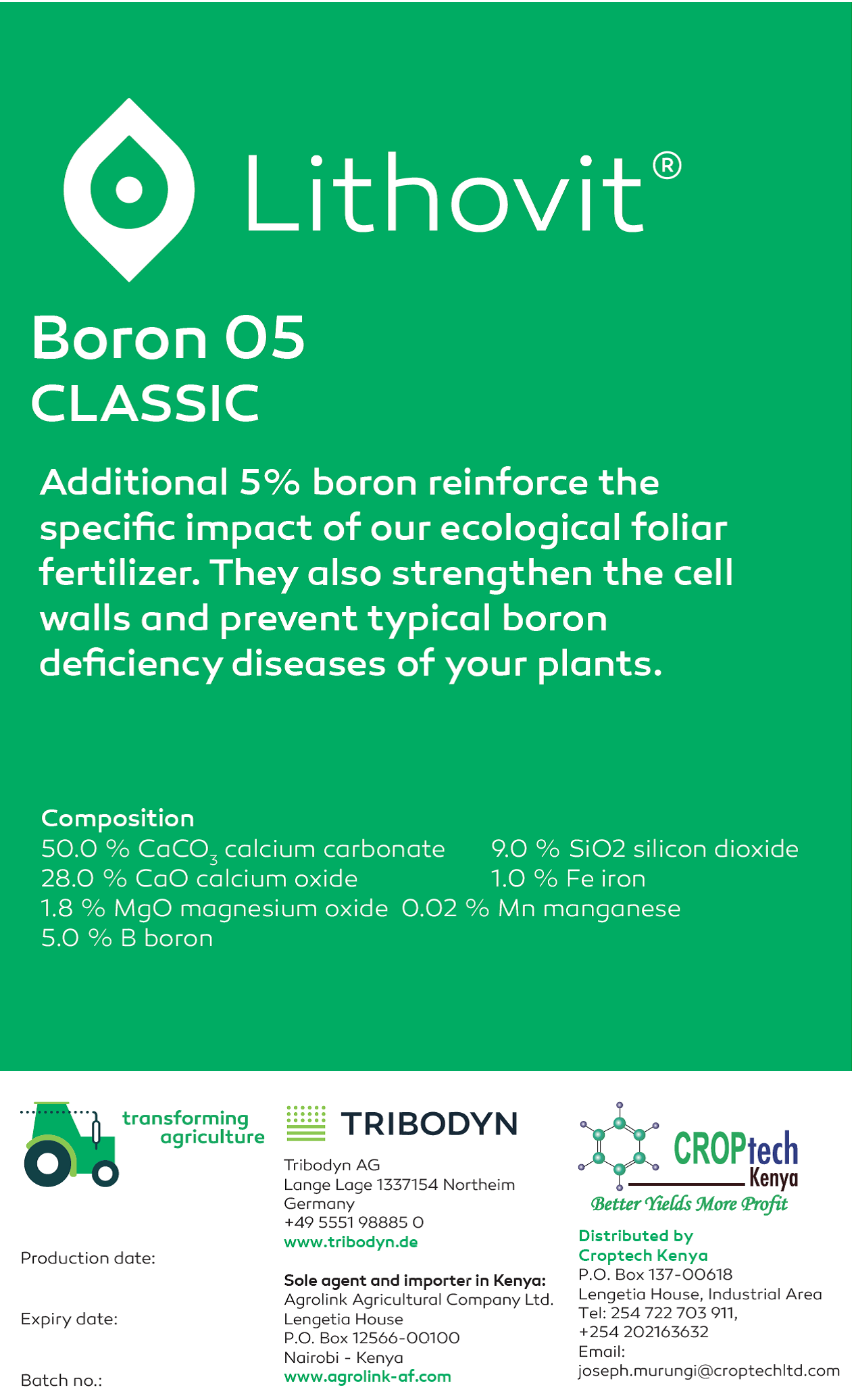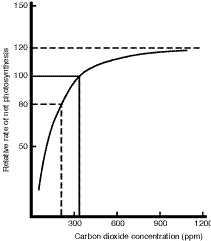What are the benefits of carbon dioxide supplementation on plant growth and production within the greenhouse environment.

Carbon dioxide (CO2)is an essential component of photosynthesis (also called carbon assimilation).
1. Photosynthesis is a chemical process that uses light energy to convert CO2 and water into sugars in green plants. These sugars are then used for growth within the plant, through respiration.
2. The difference between the rate of photosynthesis and the rate of respiration is the basis for dry-matter accumulation (growth) in the plant.
3. In greenhouse production the aim of all growers is to increase dry-matter content and economically optimize crop yield.
4. CO2 increases productivity through improved plant growth and vigor.
5. Some ways in which productivity is increased by CO2 include earlier flowering, higher fruit yields, reduced bud abortion in roses, improved stem strength and flower size.
6. Growers should regard CO2 as a nutrient.
GREEN HOUSE CROPS
- For the majority of greenhouse crops, net photosynthesis increases as CO2 levels increase from 340–1,000 ppm (parts per million).
- Most crops show that for any given level of photosynthetically active radiation (PAR), increasing the CO2 level to 1,000 ppm will increase the photosynthesis by about 50% over ambient CO2 levels.
How does this happen?
- Carbon dioxide enters into the plant through the stomatal openings by the process of diffusion.
- Stomata are specialized cells located mainly on the underside of the leaves in the epidermal layer.
- The cells open and close allowing gas exchange to occur.
- The concentration of CO2 outside the leaf strongly influences the rate of CO2 uptake by the plant.
- The higher the CO2 concentration outside the leaf, the greater the uptake of CO2 by the plant.
- The Key factors that determine the opening and closing of the stomata are: Light levels, leaf and ambient air temperatures, relative humidity, water stress and the CO2 and oxygen (O2) concentration in the air and the leaf
Ambient CO2 level in outside air is about 340 ppm by volume.
- All plants grow well at this level but as CO2 levels are raised by 1,000 ppm photosynthesis increases proportionately resulting in more sugars and carbohydrates available for plant growth.
- Any actively growing crop in a tightly clad greenhouse with little or no ventilation can readily reduce the CO2 level during the day to as low as 200 ppm.
- The decrease in photosynthesis when CO2 level drops from 340 ppm to 200 ppm is similar to the increase when the CO2 levels are raised from 340 to about 1,300 ppm (Figure 1).

- As a rule of thumb, a drop in carbon dioxide levels below ambient has a stronger effect than supplementation above ambient.
- During particular times of the year in new greenhouses, and especially in double-glazed structures that have reduced air exchange rates, the carbon dioxide levels can easily drop below 340 ppm which has a significant negative effect on the crop.
- Ventilation during the day can raise the CO2 levels closer to ambient but never back to ambient levels of 340 ppm.
- Supplementation of CO2 is seen as the only method to overcome this deficiency and increasing the level above 340 ppm is beneficial for most crops.
- The level to which the CO2 concentration should be raised depends on the crop, light intensity, temperature, ventilation, stage of the crop growth and the economics of the crop.
- For most crops the saturation point will be reached at about 1,000–1,300 ppm under ideal circumstances.
- A lower level (800–1,000 ppm) is recommended for raising seedlings (tomatoes, cucumbers and peppers) as well as for lettuce production.
- Even lower levels (500–800 ppm) are recommended for African violets and some Gerbera varieties.
- Increased CO2 levels will shorten the growing period (5%–10%), improve crop quality and yield, as well as increase leaf size and leaf thickness.
- The increase in yield of tomato, cucumber and pepper crops is a result of increased numbers and faster flowering per plant
Calcium carbonate in LITHOVIT® products, that remained on the surface of the leaves, assimilates CO2 during the night from the atmosphere and from the breathing of the plants, but also under the
action of dew water, is transformed by a thermodynamic equilibrium reaction (Ca, Mg) CO2 + H2O
+ CO2 <-> (Ca, Mg) (HCO3) 2) in bicarbonate. During the day, water evaporates due to temperature
rise and the reaction becomes reversible, forming calcium carbonate and CO2 on the surface of the
leaf, and then diffuses into the intercellular space.
As long as the particles of LITHOVIT® products are present on the leaf surface, this ping-pong effect occurs.
OTHER BENEFITS OF LITHOVIT
Additional nutrients in Lithovit and relevant elements from the point of view of plant physiology,

such as calcium, magnesium, boron, silicon, potassium, phosphorus, manganese, copper, zinc, sulfur, sodium, etc., stimulate plant vitality and healthy growth, and help achieve high yields, increasing farm profitability.
Next to the carbonates Lithovit® contains a considerable amount of silicon dioxide (SiO2)
Next to positive structural effects many metabolic processes are fostered when sufficient silicon is supplied to the plants.
This results a better resilience to diseases (Powdery Mildew, Rusts etc) or insect pest.
Lithovit also contains a high level of Boron as well as MgO and Fe among other trace elements.
For More information contact:
Croptech Kenya
P.O. Box 137-00618
Lengetia House, Industrial Area
Tel: +254 722 703 911,
+254 202163632
Email: info@croptechltd.com
joseph.murungi@croptechltd.com
